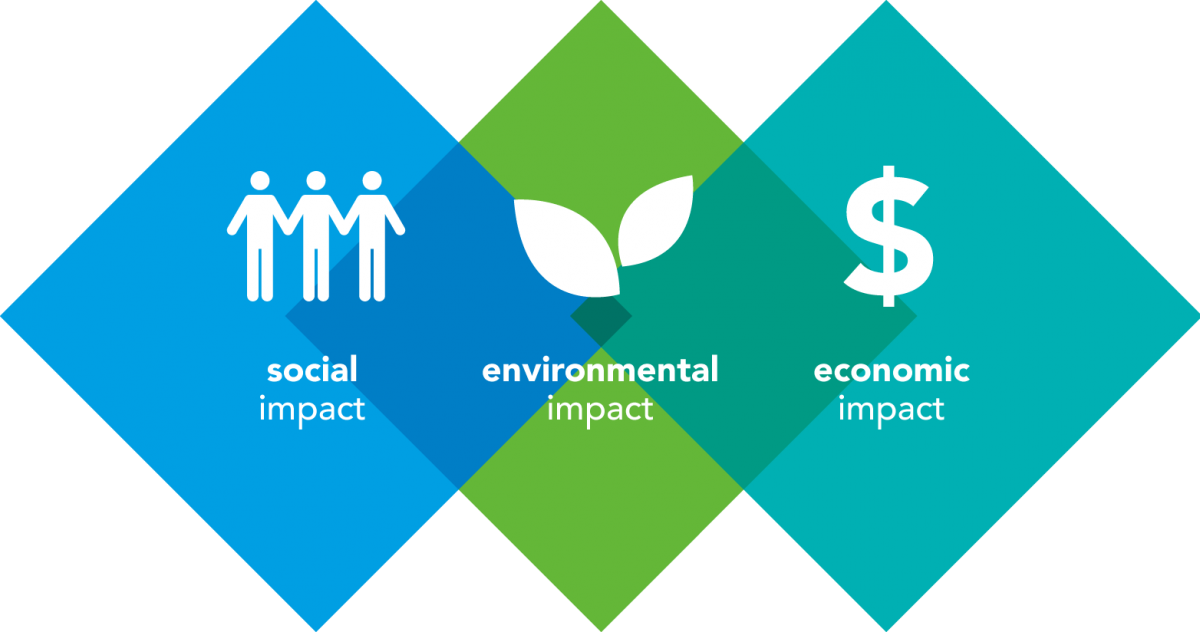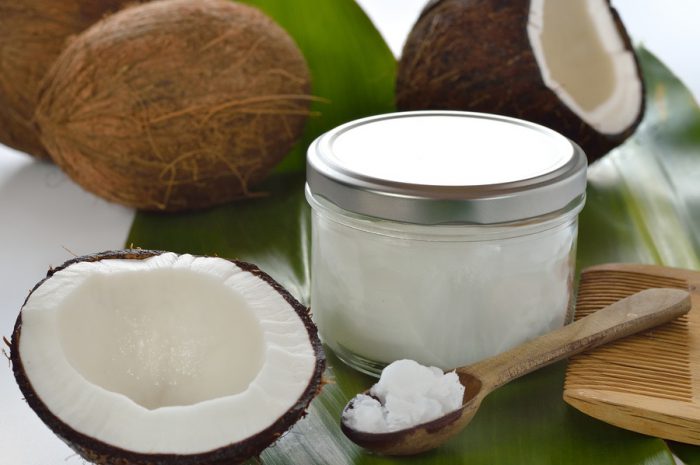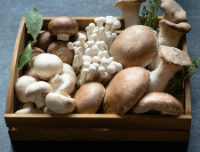Attention Deficit Hyperactivity Disorder (ADHD): is a chronic condition marked by persistent inattention, hyperactivity, and sometimes impulsive behavior in otherwise high functioning children.
Two generations ago that was the definition and the belief. Today, we know better. And we know more. A Lot more.
What ADHD is
Today, ADHD is viewed as a multifaceted condition triggered by varying behavioral, biological and environmental factors, including certain foods and food additives. The hallmarks of ADHD are an inability to focus and/or impulsivity that is not developmentally typical for a child's age. Symptoms fall on a spectrum from predominantly inattentive on one end to predominantly hyperactive at the other end. Certain criteria must be met for a doctor to diagnose a child as having ADHD.
The Role of Food in ADHD
While there are many ways to use "food as medicine," for some children, food and its additives can actually trigger ADHD. Because diet plays a crucial role in ADHD, it's important to examine issues such as food intolerance, food allergy, and the additives and chemicals associated with food production. There are various tests to determine both food allergy and intolerance. Your holistic practitioner can advise you about the most appropriate test and then help with interpretation and treatment.
Artificial food colors (AFCs) are widely used by manufacturers to create visually attractive food products. The FDA certifies, for purity and safety, the use of these dyes. However, the amount certified has risen from 12 mg/capita/d in 1950 to 62 mg/capita/d in 2010.
AFCs are not natural to our food system, and surely not to our bodies. These artificial molecules can bond to food or body proteins, which means they can "hide in the body," avoid detection, and disrupt the immune system. This can have significant immunological consequences that affect gastrointestinal function, auto-immunity and even brain and behavior. For some children, ADHD can be triggered and worsened by synthetic colors, flavors and preservatives.
The Feingold Diet for ADHD
In the 1970's, Benjamin Feingold, M.D. studied the effect of food chemicals and the role of nutrition in addressing learning disabilities and behavior disorders. He pioneered an elimination diet that removed food dyes from the diets of children. Over the years, Dr. Feingold extended the elimination diet to include petrochemical preservatives BHA and BHT. He has reported rates of 30-70% improvement in children with ADHD, depending on the diagnostic criteria used and adherence to the diet.
Over the decades, studies in Europe and the U.S. have tested the Feingold and similar diets. While research has not established a direct cause-and-effect, the evidence indicates restriction/elimination diets have value and can bring about a change in behavior if properly followed. In response to concerns that children will dislike the Feingold Diet, families can find a wide range of tips for adjusting recipes and food selection, making it easy to incorporate changes and still enjoy favorite foods
In addition to eliminating AFCs, BHA, BHT and food allergens/sensitivities, additional support may be needed for some children. This may include educational adjustments, behavior modification or counseling, nutrition supplements, and additional dietary changes. Like any medical or behavioral intervention, treatment benefits will vary based on many factors, such as when a child is diagnosed, the ADHD symptoms present, co-occurrence of other immune or medical conditions, and ability to adhere to dietary changes.
As research continues to explore the relationship between diet, food and behavior, we anticipate that many more children - and adults - with ADHD will be helped by the medicinal power of food.
If your family struggles with the consequences of ADHD, ask us for suggestions and guidance. You do not need to walk this path alone.
This information should not be used in place of the advice of your physician or other qualified health care provider. Always consult with your physician or other qualified health care provider before embarking on a new treatment, diet or fitness program. You should never disregard medical advice or delay in seeking it because of any information contained within this newsletter.
References:
Lyon, M. & Murray, T., "ADHD."as cited in Pizzorno, J. E. & Murray, M.T. Textbook of Natural Medicine: 4th Ed. (2013) Chapter 150, p. 1252-1259.
Verlaet AAJ, Noriega DB, et al., "Nutrition, immunological mechanisms and dietary immunomodulation in ADHD." European Child & Adolescent Psychiatry (2014 Jul) 23:7, p. 519-29. doi: 10.1007/s00787-014-0522-2. https://www.ncbi.nlm.nih.gov/pubmed/24493267
Vojdani & Vojdani, "Immune reactivity to food coloring." Alternative Therapies in Health and Medicine (2011) 21 Suppl, p. 1:52-62. https://www.ncbi.nlm.nih.gov/pubmed/25599186#
Stevens, L.J. et al., "Amounts of artificial food dyes and added sugars in foods and sweets commonly consumed by children." Clinical Pediatrics (2014 Apr 24), p. 1-13. Accessed 9 April 2017: http://journals.sagepub.com/doi/abs/10.1177/0009922814530803?url_ver=Z39.88-2003&rfr_id=ori%3Arid%3Acrossref.org&rfr_dat=cr_pub%3Dpubmed&
Nigg, Joel T., & Holton, K. "Restriction and Elimination Diets in ADHD Treatment." Child and adolescent psychiatric clinics of North America 23.4 (2014), p. 937–953. PMC. Accessed 9 April 2017: https://www.ncbi.nlm.nih.gov/pmc/articles/PMC4322780/
Feingold.org. Feingold Diet List of Research Studies. Accessed 9 April 2017: http://feingold.org/resources/studies/adhd/
Bell, C.C. A Comparison of Daily Consumption of Arti cial Dye-containing Foods by American Children and Adults. (2013, March) Master's Thesis Eastern Michigan University. Accessed 12 April 2017: http://www.feingold.org/Research/PDFstudies/Bell2013-open.pdf






















